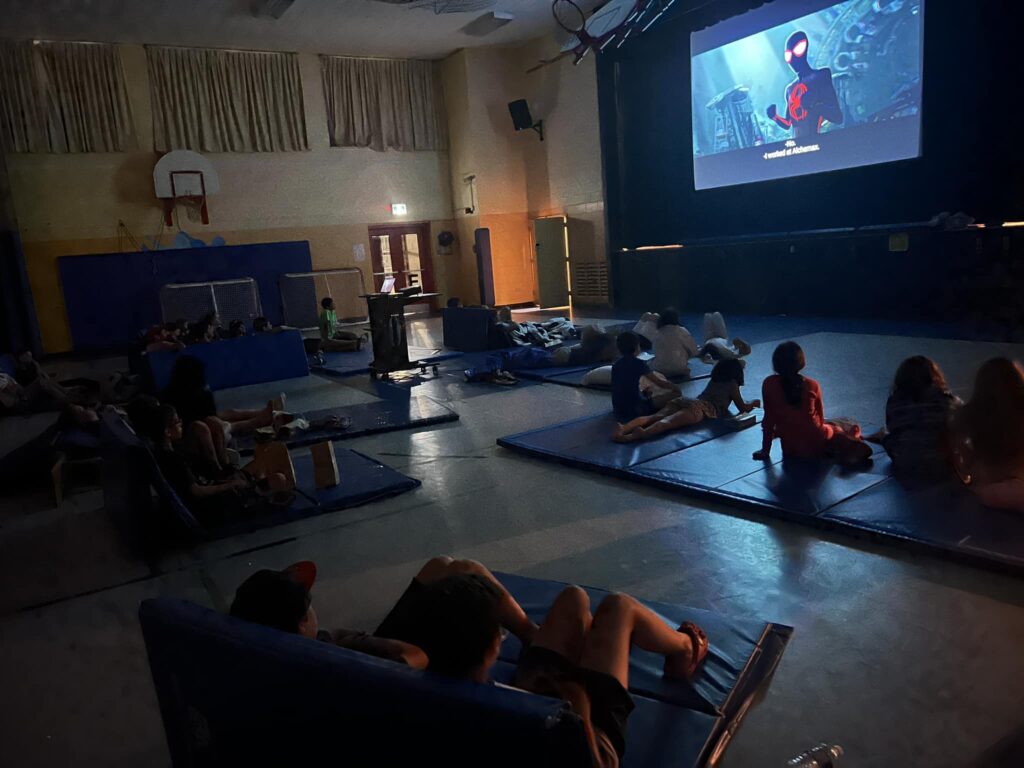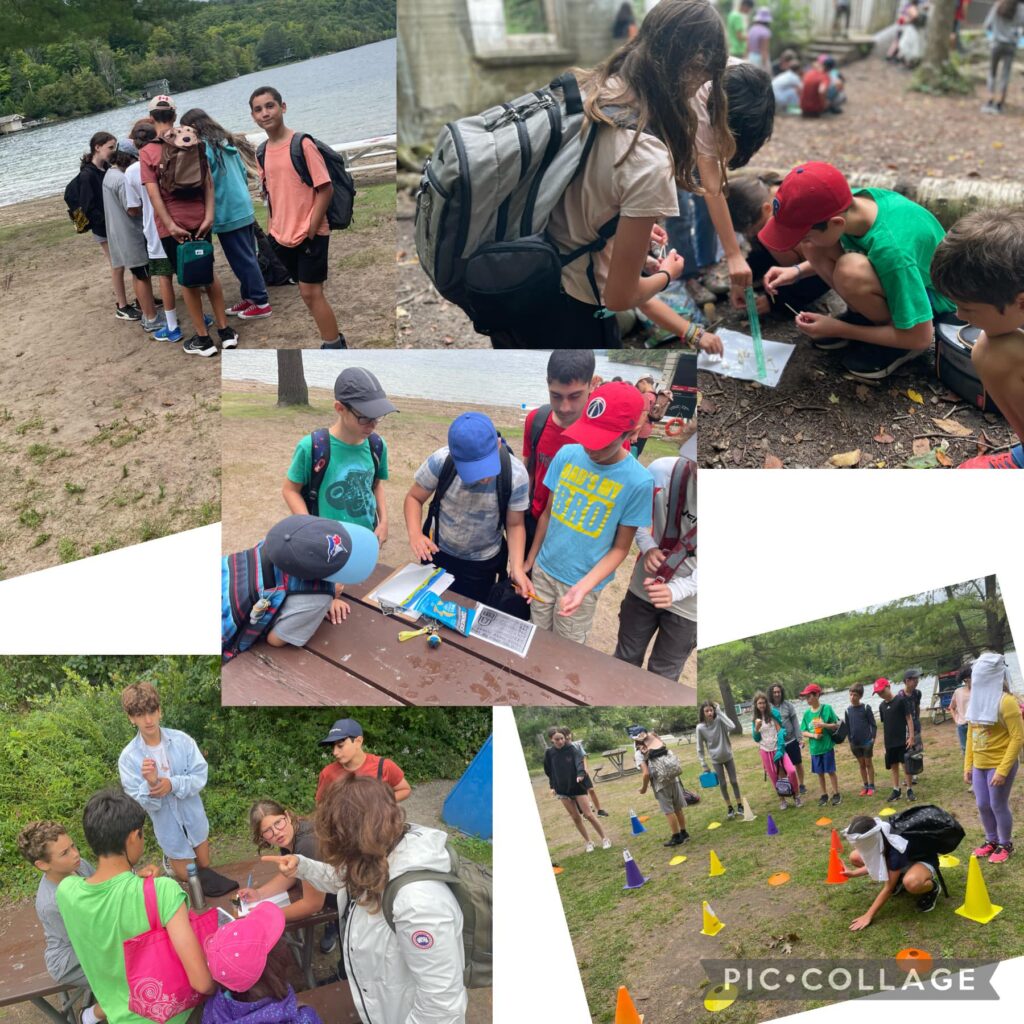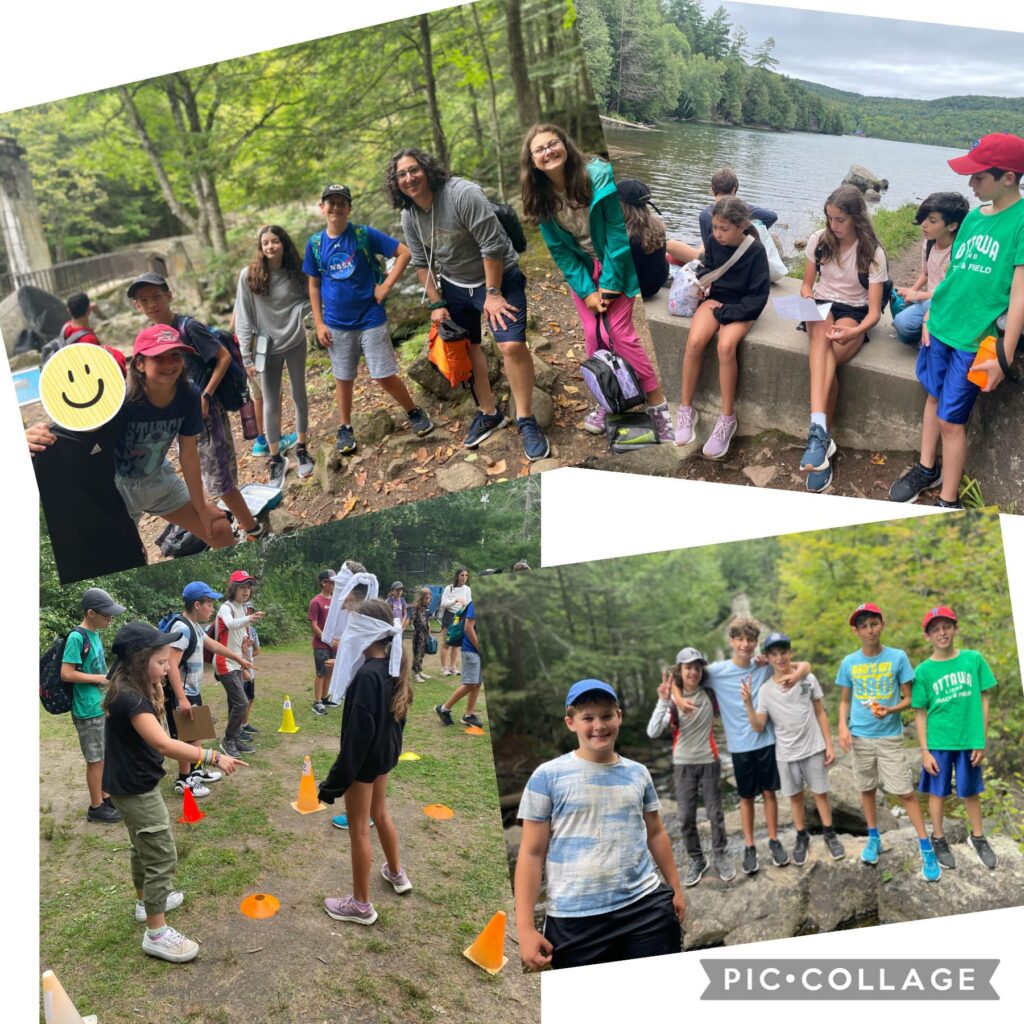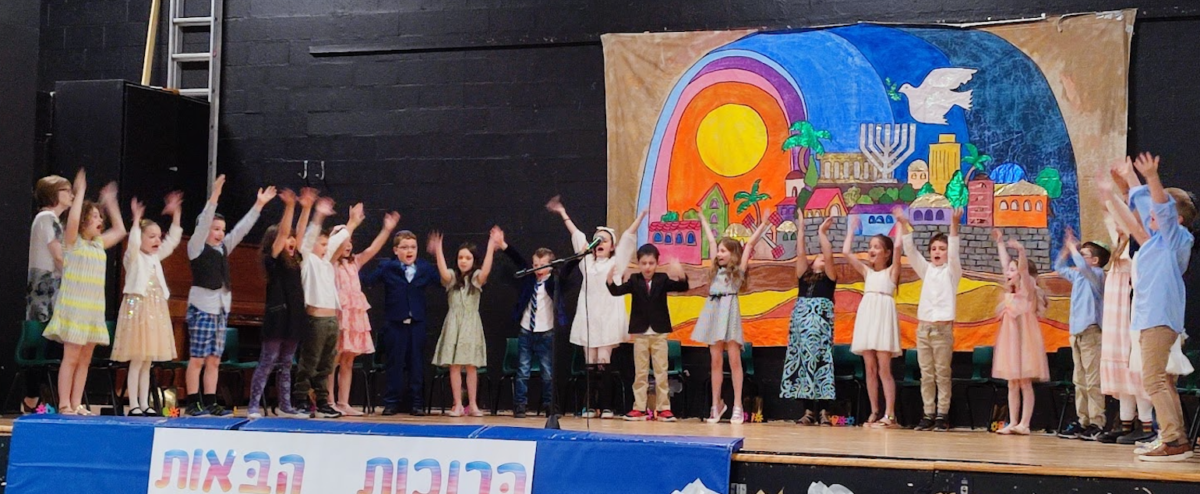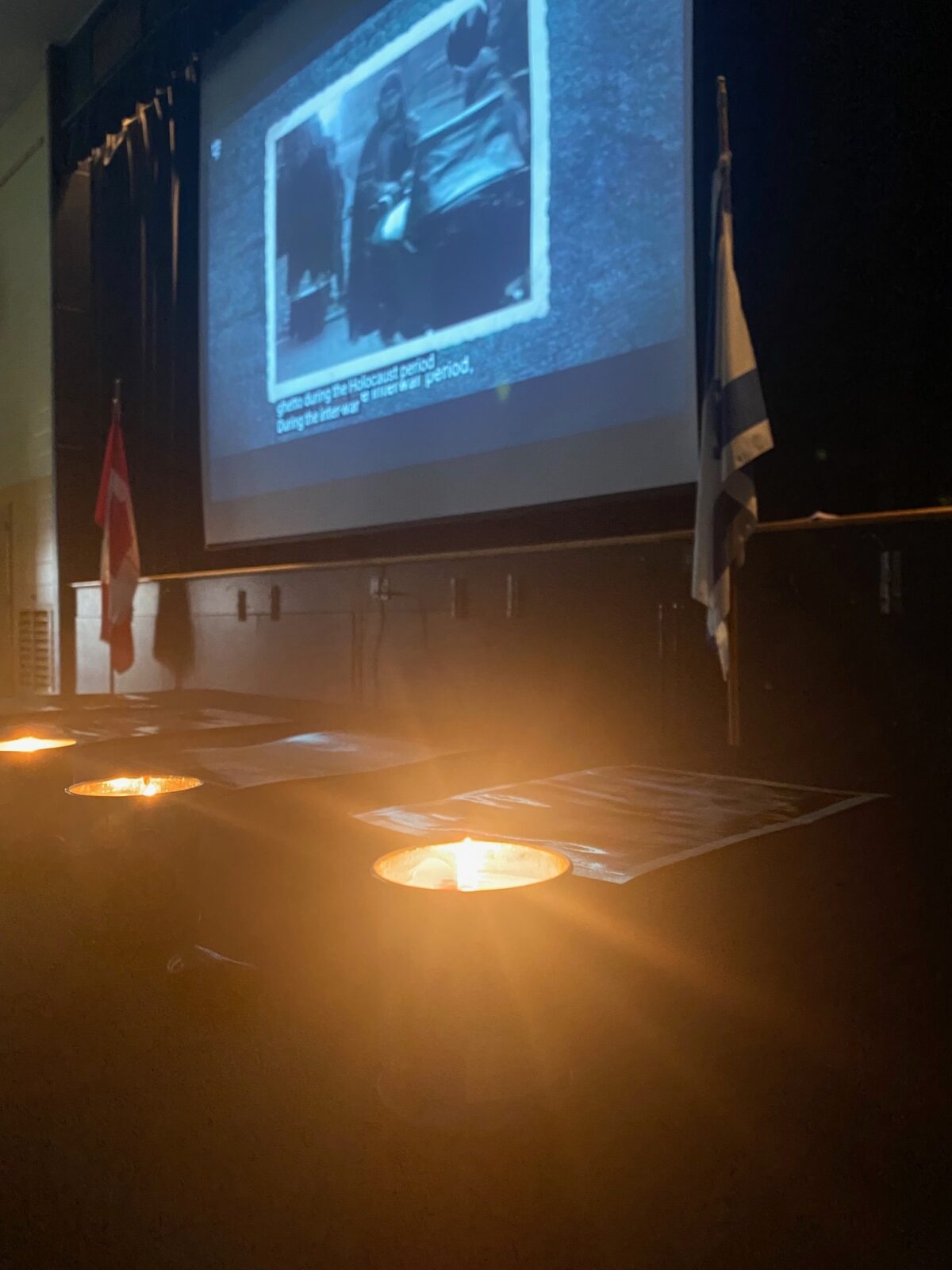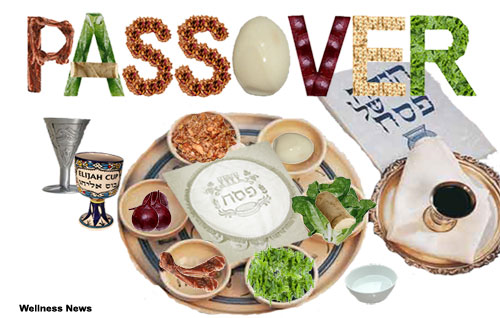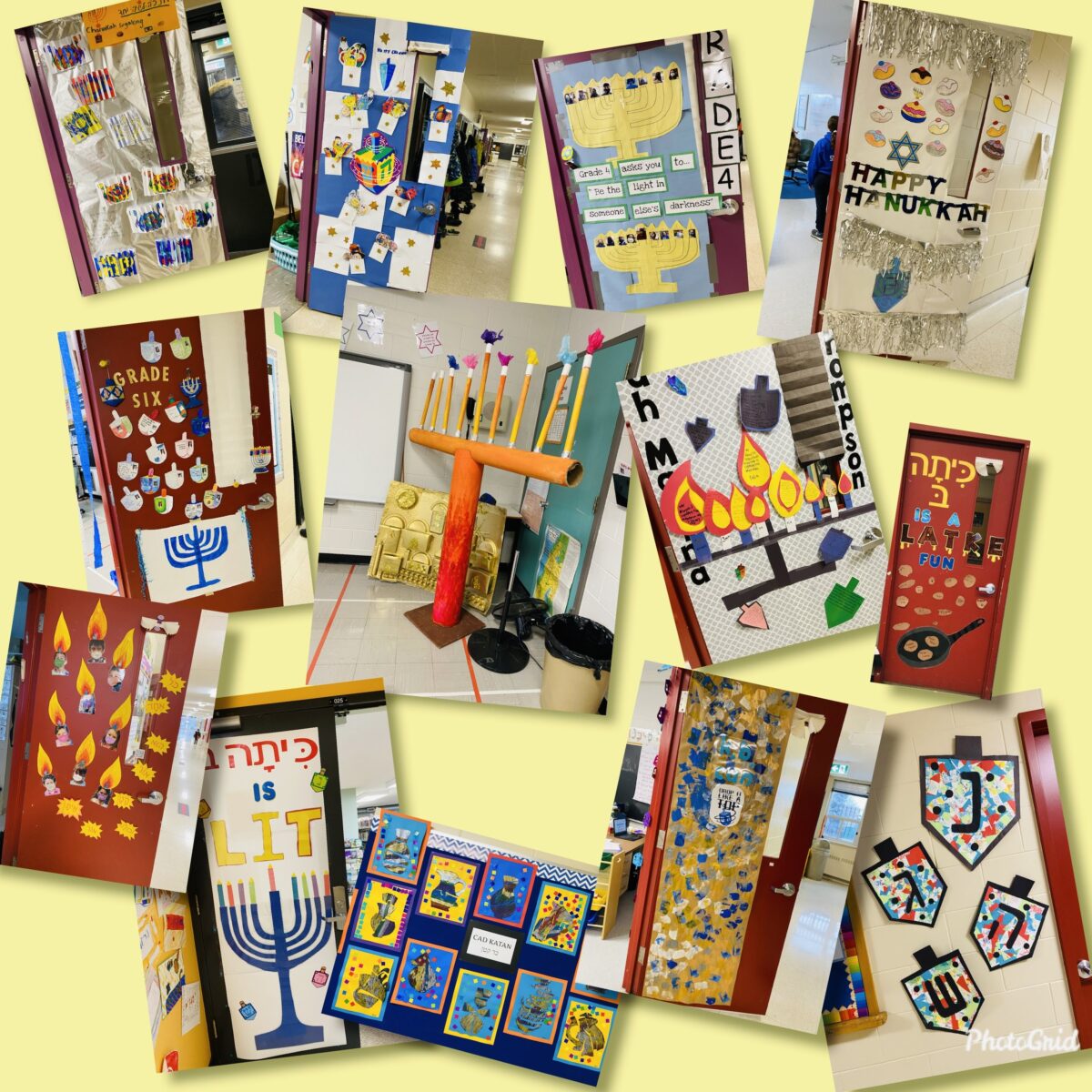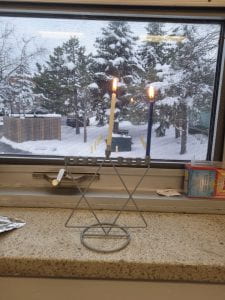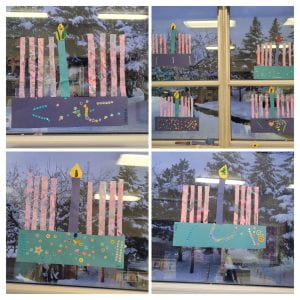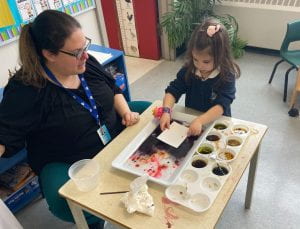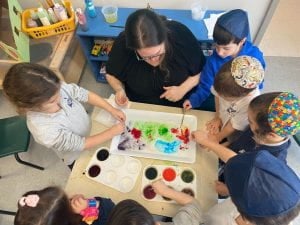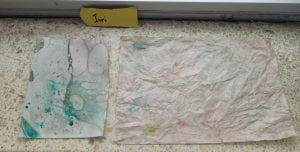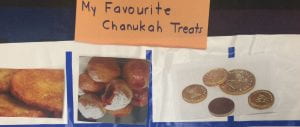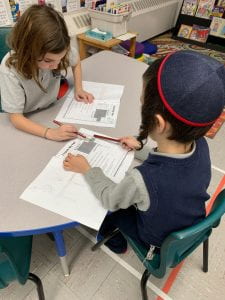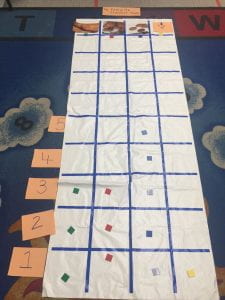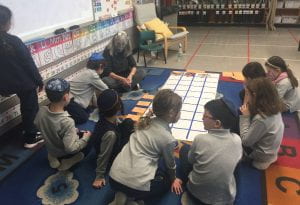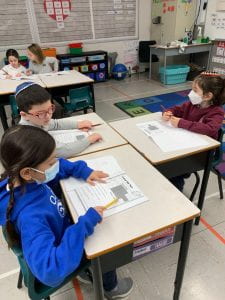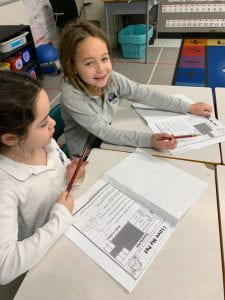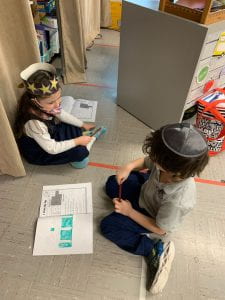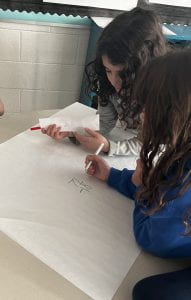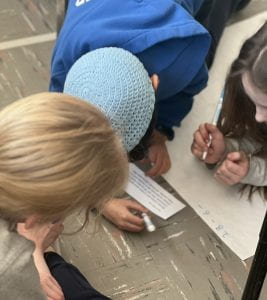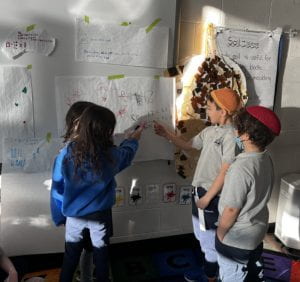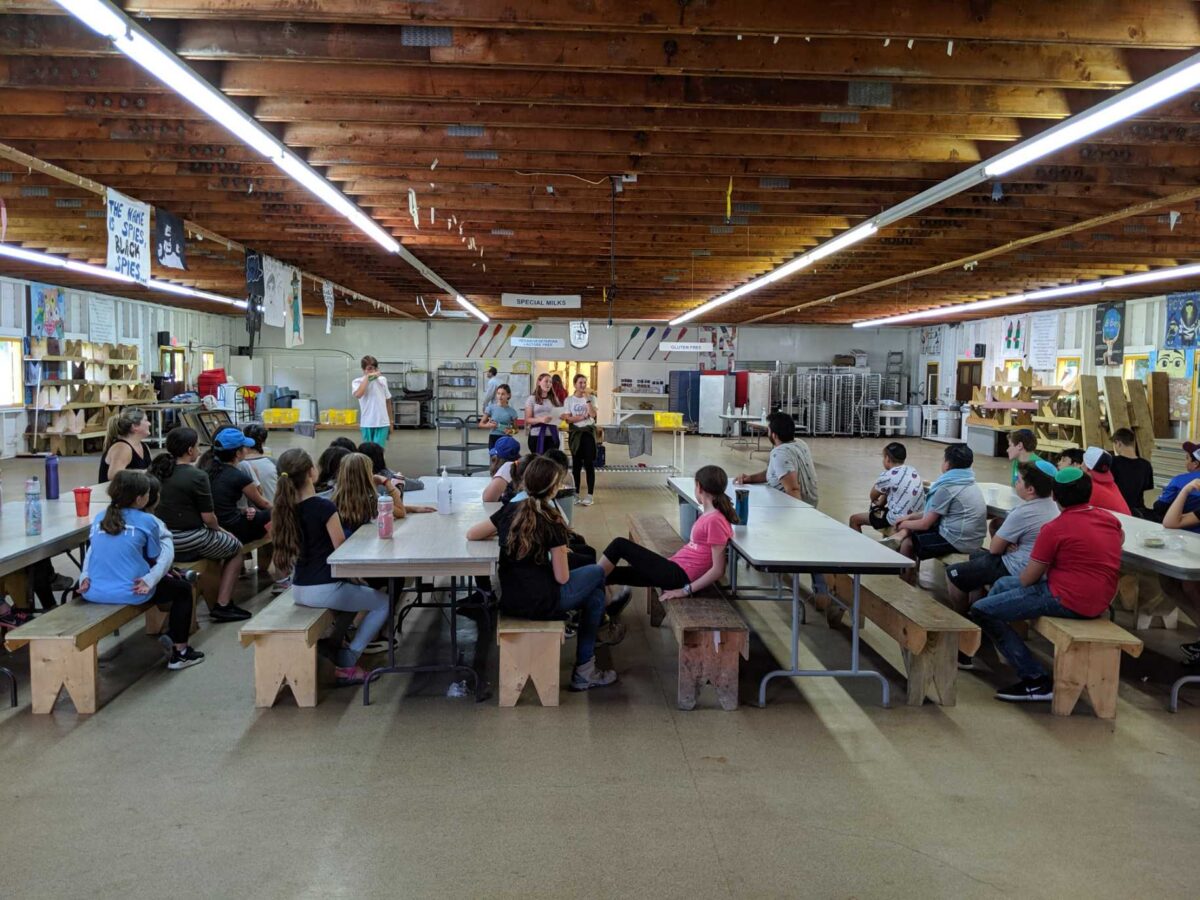Why am I pushing out a blog post on preparing for Passover when we just came out of a very successful “Célébration de la semaine de la Francophonie 2023” and are headed into what will surely be a very successful Innovation Day next week [Spoiler Alert! Next week’s blog topic.] with Passover yet still another week away?
Because this year I actually remembered that if anyone were to be truly be inspired by this post and wished to adequately prepare, that it would be helpful to give them enough time to actually do it! I typically post too close to Passover itself to allow anyone to put any of these ideas into practice. So, this year, I am going to push it out with even-more lead time.
Each year, I issue a blog post in service of helping people take the process of planning for seder more seriously. Why? Because I believe (know) that like anything else, good planning leads to good outcomes. And even if you are not the host, it still may be true that you are called upon to help. No pressure! I got you.
If this is your year to lead or co-lead – whether it is something you do annually, or if you are being pressed into service for the first or second time – let’s see what we can do. And even if you still maintain a Zoom guestlist, the seder is still a wonderful opportunity for families to spend time doing something they still might not otherwise do—talk with one another! The seder was originally designed to be an interactive, thought-provoking, and enjoyable talk-feast of an experience, so let’s see how we might increase the odds for making that true.
Annually Revised Top Ten suggestions on how to make this year’s seder a more positive and meaningful experience:
1. Tell the Story of the Exodus
The core mitzvah of Passover is telling the story. Until the 9th century, there was no clear way of telling the story. In fact, there was tremendous fluidity in how the story was told. The printing press temporarily put an end to all creativity of how the story was told. But we need not limit ourselves to the words printed in the Haggadah. [This may be especially true if you have not been hosting Passover and don’t actually have haggadot. During the COVID years, mine were with my Mom – so, we dusted off some vintage ones. If you Google “online haggadot” you will find lots of options.] This could be done by means of a skit, game, or informally going around the table and sharing each person’s version of the story.
If there are older members at the table, this might be a good time to hear their “story,” and perhaps their “exodus” from whichever land they may have come. If your older members are still not able to be with you this year, you might wish to consider asking them to write or record their stories, which you could incorporate into your seder (depending on your level of observance). There may still be lots of families who will be using technology to expand their seder tables to include virtual friends and families.
2. Sing Songs
If your family enjoys singing, the seder is a fantastic time to break out those vocal cords! In addition to the traditional array of Haggadah melodies, new English songs are written each year, often to the tunes of familiar melodies. Or just spend some time on YouTube! Alternatively, for the creative and adventurous souls, consider writing your own!
3. Multiple Haggadot
For most families, I would recommend choosing one haggadah to use at the table. This is helpful in maintaining consistency and ensuring that everyone is “on the same page.” Nevertheless, it is also nice to have extra haggadot available for different commentaries and fresh interpretations. But if you are mixing-and-matching, don’t let that inhibit you from moving forward – the core elements are essentially the same from one to the other. Let the differences be opportunities for insight, not frustration.
4. Karpas of Substance
One solution to the “when are we going to eat” dilemma, is to have a “karpas of substance.” The karpas (green vegetable) is served towards the beginning of the seder, and in most homes is found in the form of celery or parsley. In truth, karpas can be eaten over any vegetable over which we say the blessing, “borei pri ha’adamah,” which praises God for “creating the fruit from the ground.” Therefore, it is often helpful to serve something more substantial to hold your guests over until the meal begins. Some suggestions for this are: potatoes, salad, and artichokes.
In a year when Passover candle-lighting times are late or children’s patience runs short or you are trying to accommodate varying time zones, you should try to eat your gefilte fish before the seder.
5. Assign Parts in Advance
In order to encourage participation in your seder, you may want to consider giving your partner, children and guests a little homework. Ask them to bring something creative to discuss, sing, or read at the table. This could be the year you go all in and come in costume – dress like an ancient Israelite or your favorite plague – don’t succumb to “Pediatric Judaism”, you are allowed to be silly and fun at all ages and stages.
6. Know Your Audience
This may seem obvious, but the success of your seder will largely depend on your careful attention to the needs of the seder guests. If you expect many young children at the seder, you ought to tailor the seder accordingly. If you have people who have never been to a seder before, be prepared for lots of basic questions and explanations. Do not underestimate your guests; if you take the seder seriously, they will likely respond positively.
7. Fun Activities
Everyone wants to have a good time at the seder. Each year, try something a little different to add some spice to the evening. Consider creating a Passover game such as Pesach Family Feud, Jewpardy, or Who Wants to be an Egyptian Millionaire?! (Again, depending on your observance level, you could also incorporate apps like Kahoot into your experience.) Go around the table and ask fun questions with serious or silly answers.
8. Questions for Discussion
Depending on the ages of your children, this one may be hard to calibrate, but because so often we are catering to the youngest at the table, it is easy to forget that an adult seder ought to raise questions that are pertinent to the themes found in the haggadah. For example, when we read “ha lachma anya—this is the bread of affliction,” why do we say that “now we are slaves?” To what aspects of our current lives are we enslaved? How can we become free? What does it mean/what are the implications of being enslaved in today’s society? How has the experience having been “locked down” during COVID and/or “freedom” from COVID impacted our sense of things? How might what is happening in the Ukraine colour our experience of Passover? How might what is happening Israel colour our experience of Passover?
We read in the haggadah, “in each generation, one is required to see to oneself as if s/he was personally redeemed from Egypt.” Why should this be the case? How do we go about doing that? If we really had such an experience, how would that affect our relationship with God?
Jon’s “Fifth Questions” for Passover 5783
Head of the Ottawa Jewish Day School: Why is this conversation about OJCS different than all other ones?
Jewish Day School Practitioner: How will I take the pedagogical brilliance of the Passover Seder and apply it to…Tu B’Shevat? Math? Science? French? How will I incorporate the lessons of the “Four Children” into our daily lesson planning?
Israel Advocate: How can I be inspired by the words, “Next Year in Jerusalem,” to inspire engagement with Israel when things in Israel are so very complicated this year?
American Expatriate in Canada: What can I learn from how my current home deals with the rise in anti-Semitism that would be of value to colleagues, family and friends in the States? What can I learn from how my former home is dealing with the rise in anti-Semitism that would be of value to colleagues, family and friends in Canada?
Parent: How will my parenting change – how will my role as a parent change – with my first child heading off to university next year? Where will she be when we say, “Next year in…” next year, and will it change how I parent?
What are some of your “Fifth Questions” this year?
9. Share Family Traditions
Part of the beauty of Passover, is the number of fascinating traditions from around the world. This year, in particular, is a great opportunity to begin a new tradition for your family. One family I know likes to go around the table and ask everyone to participate in filling the cup of Elijah. As each person pours from his/her cup into Elijah’s, s/he offers a wish/prayer for the upcoming year. What are you going try this year?
10. Preparation
The more thought and preparation given to the seder, the more successful the seder will be. That may feel challenging or overwhelming this year, but however much time and attention you can put into your planning, you won’t regret it. If you are an OJCS (or Jewish day school family), lean on your children – you paid all this money for a high-quality Jewish education, put them to work! Most importantly, don’t forget to have fun.
Wishing you and your family a very early chag kasher v’sameach…

And for OJCS Parents…we hope you are looking forward to this year’s Model Seders and other Passover Activities before we hit the Passover Break!
 I’m not entirely sure, but I think it has to do with the exotic nature of the holiday. As someone who did not grow up celebrating this holiday, upon coming to synagogue as an adult and watching a congregation march in circles waving fruits and vegetables – well this was not the Judaism I knew! But for me, that is precisely what makes it so unique, special and not-to-be-missed!
I’m not entirely sure, but I think it has to do with the exotic nature of the holiday. As someone who did not grow up celebrating this holiday, upon coming to synagogue as an adult and watching a congregation march in circles waving fruits and vegetables – well this was not the Judaism I knew! But for me, that is precisely what makes it so unique, special and not-to-be-missed!

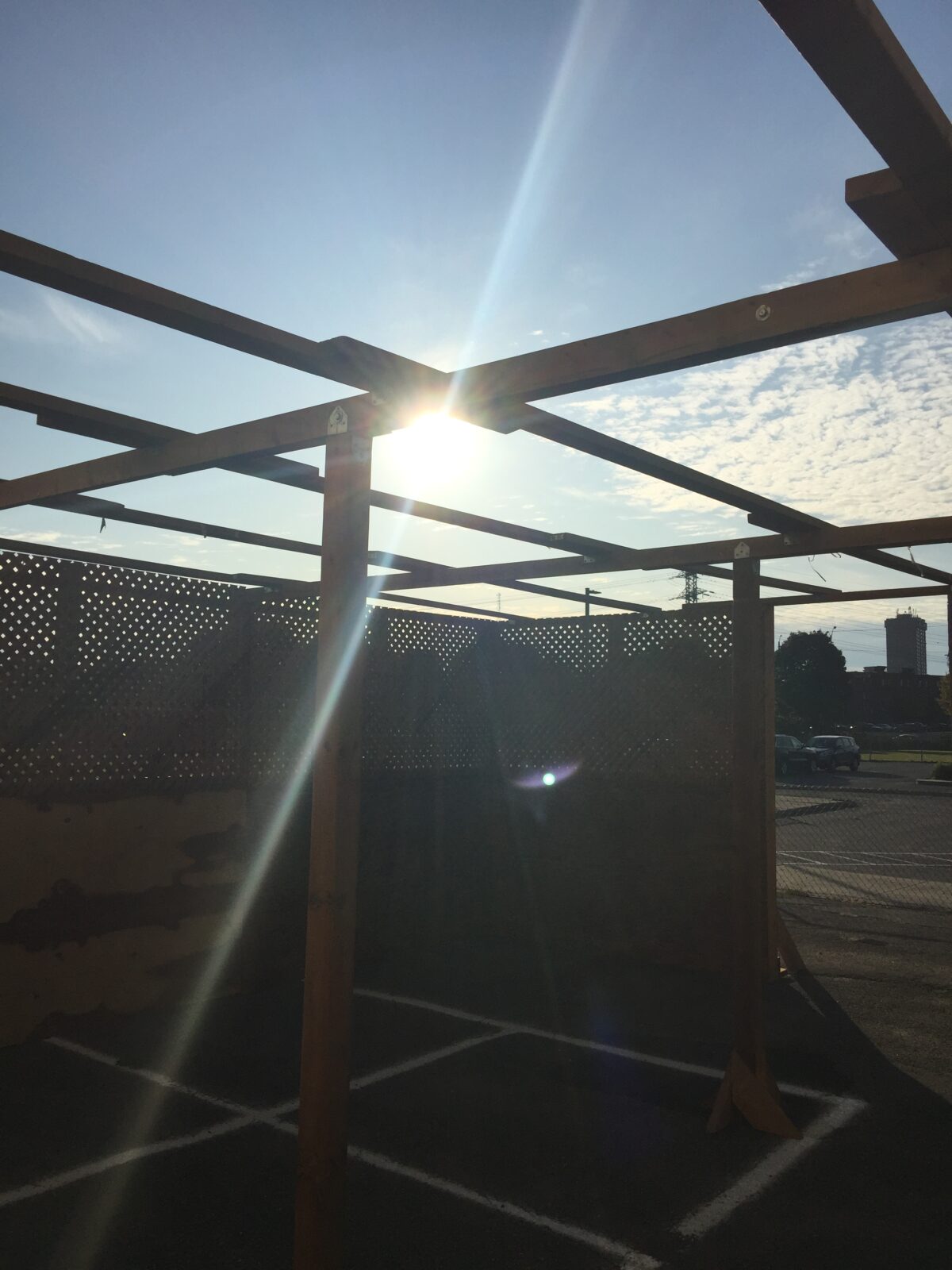

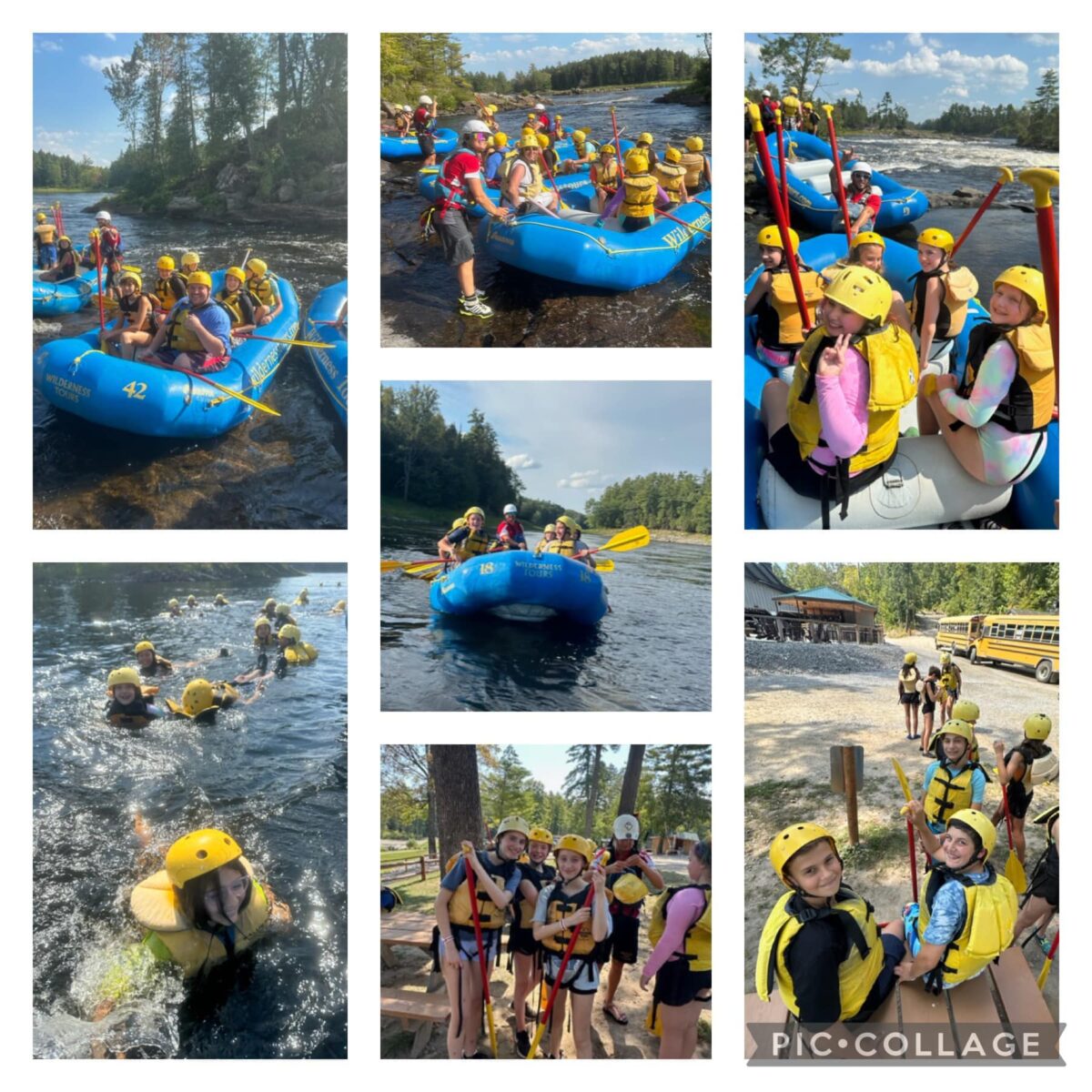
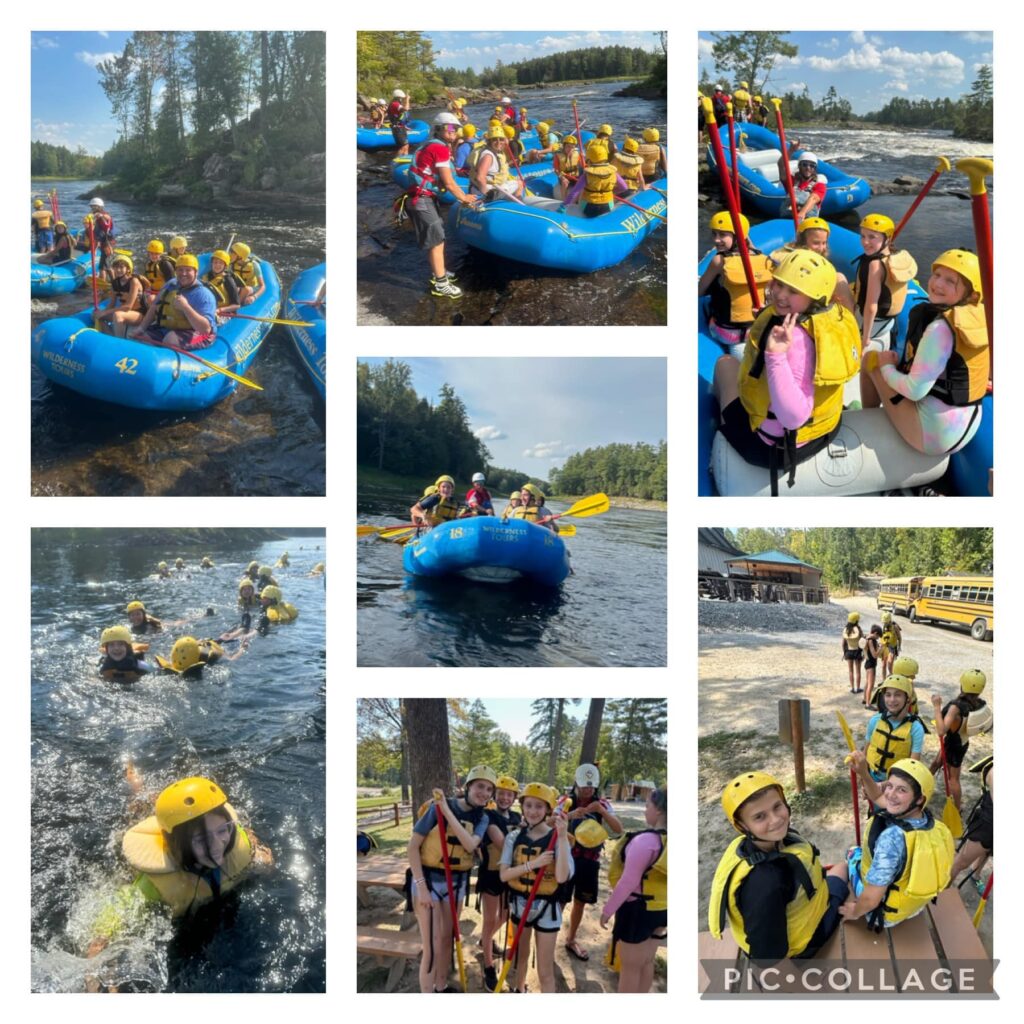
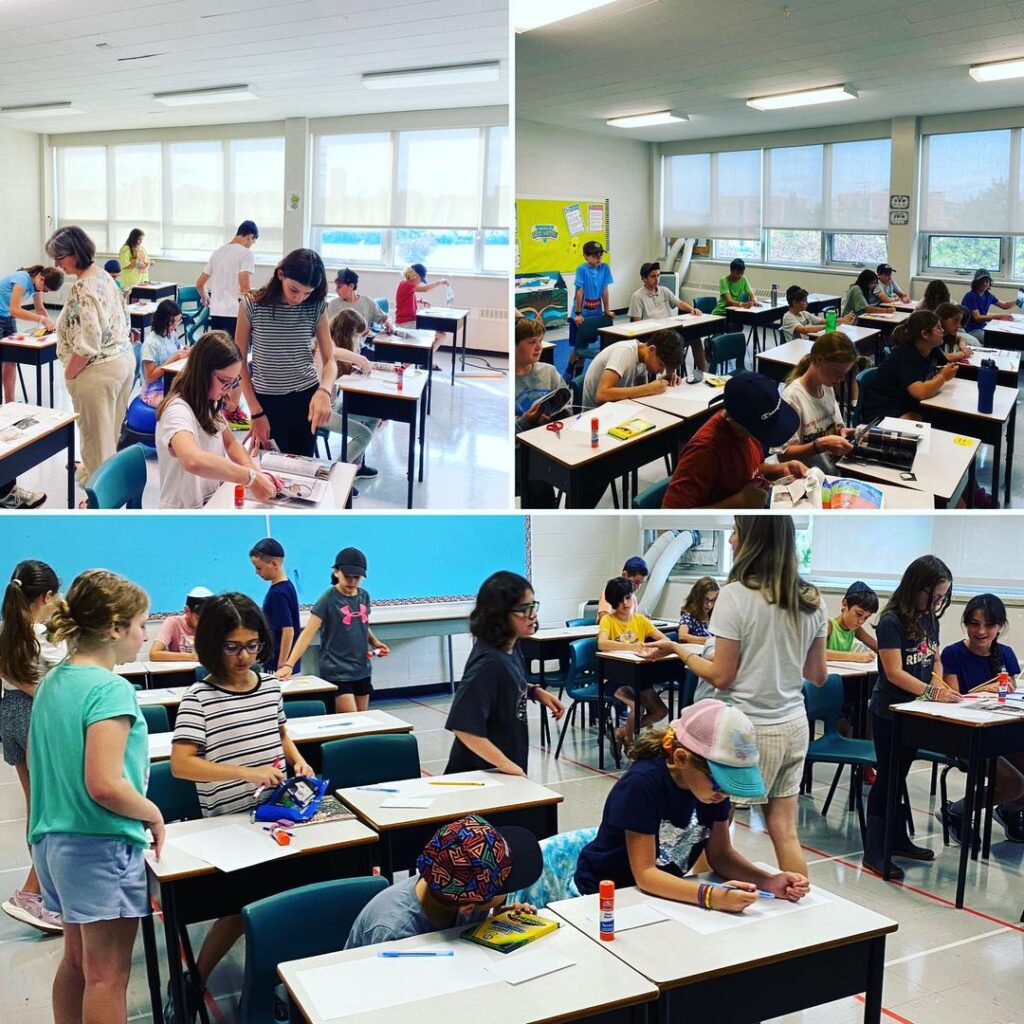
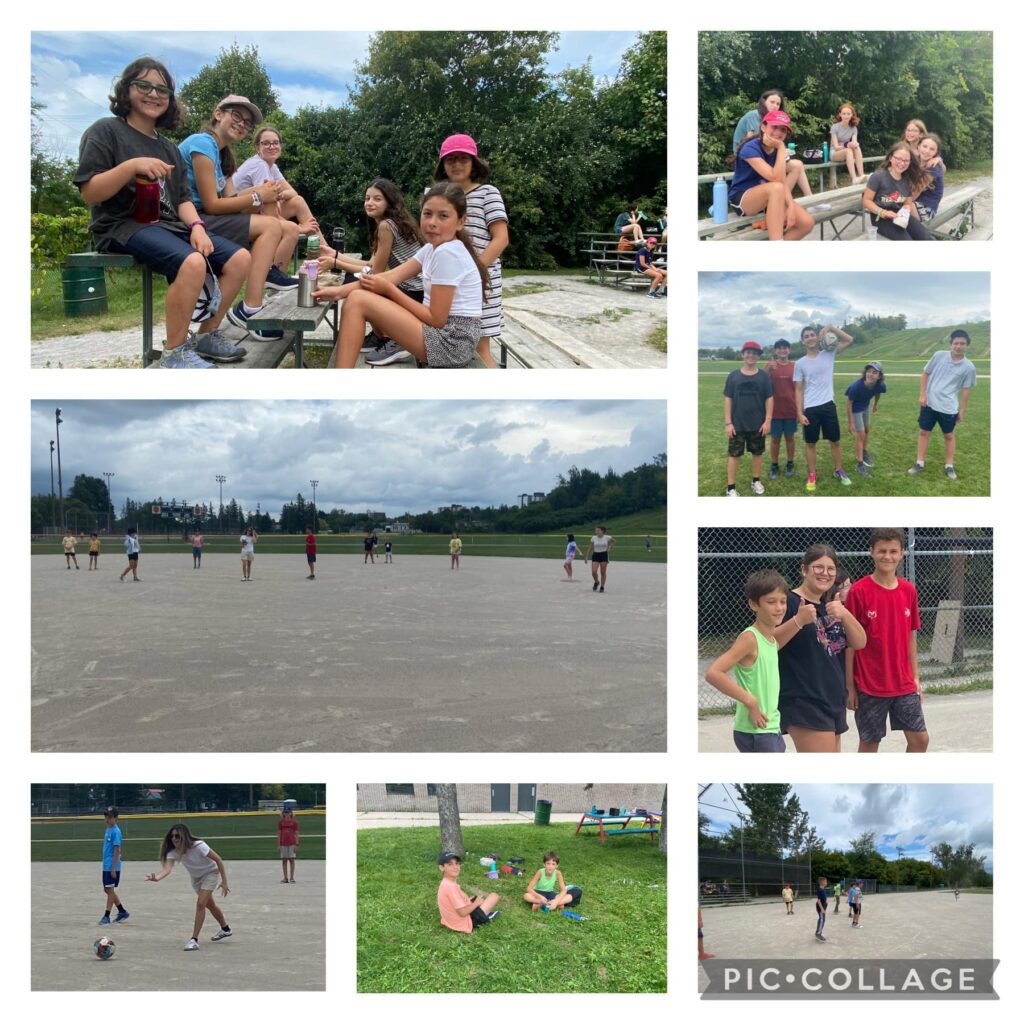 Next up students had an opportunity to help prep for dinner and to swim at the
Next up students had an opportunity to help prep for dinner and to swim at the 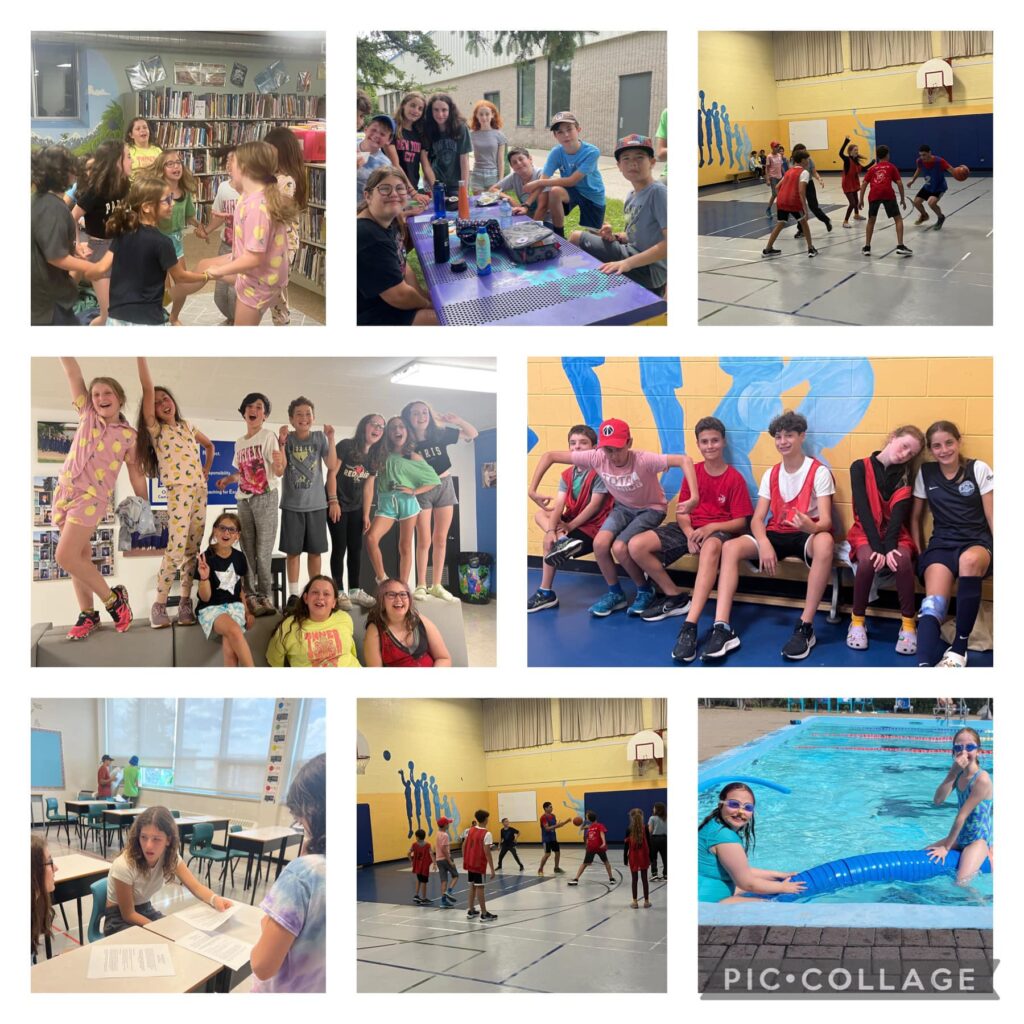 After that?
After that?
